Leadership
Startup funding: Think like an impact investor to raise money
Step into the shoes of an impact investor to stand out from the crowd, pitch with confidence, and close the deal to fund your social venture
40 minutes
Money is the necessary lifeblood of any organization, no matter how socially focused. Startup funding allows organizations to hire staff, purchase equipment, conduct research to develop innovative product offerings, and fuel growth to impact more people.
- Prepare to raise capital via equity investment by assessing your readiness and creating a funding plan to suit.
- Identify and reach out to mission-aligned potential investors, with clarity on how to craft a thoughtful pitch that resonates––and deliver it with confidence to close the deal.
- Embrace the inevitable learning process that comes with every unique fundraising journey, from handling rejection to forging strong investor partnerships.
Prepare like you mean it
Securing capital is not a one-and-done activity. It is an ongoing process that is essential to your role as the founder of a social venture that may require outside capital to scale.
As such, you need to properly prepare by growing your knowledge of the world of startup funding and venture capital investment. To access capital, you need to have a practical understanding of the startup funding stages and clear line of sight into the qualities that investors seek in investee companies.

Assess readiness
One shortcut to souring an investor relationship is to ask for money long before you can demonstrate readiness. Instead, you want to approach investors with an ask that shows you understand their point of view.
Create a funding plan
If you’ve experienced success with customer demand and determined that now is the right time to seek outside investment, it’s time to outline a funding strategy. Depending on your current progress and needs, you may want to consider a fundraising plan that encompasses debt, grants, crowdfunding, angel investment, venture capital, or other options.
Because ventures at this stage have not proven out their entire business model, they are often still experimenting to refine their primary offering and getting to know their current and potential customer segments. This can make it a riskier move for the investor, but if the venture does well, they also have the chance to participate in more upside.
Most seed rounds get raised based on the quality of the founders and the raw story that they can tell about their company and the future that company will create.
Y Combinator
- A strong team: There are usually two or more founders and key operational management team members in place. It’s okay to have gaps as long as they are identified and actively in the process of being filled.
- A developed product: The product is likely in iterative stages, but the team should have built something concrete.
- Early market traction: This traction could be demonstrated through a pilot, early sales, small partnerships, or an upward growth trend that indicates people want to buy the product.
- Understanding of your customer: This includes a definition of who the customers are, why they use the product, and why they pay.
Picture your ideal investor
An investment relationship is like a marriage or long-term partnership. You don’t want to partner with someone just because they have capital––you want their experience and insights to offer substantial guidance that will help you make the best decisions to scale your impact and revenues.
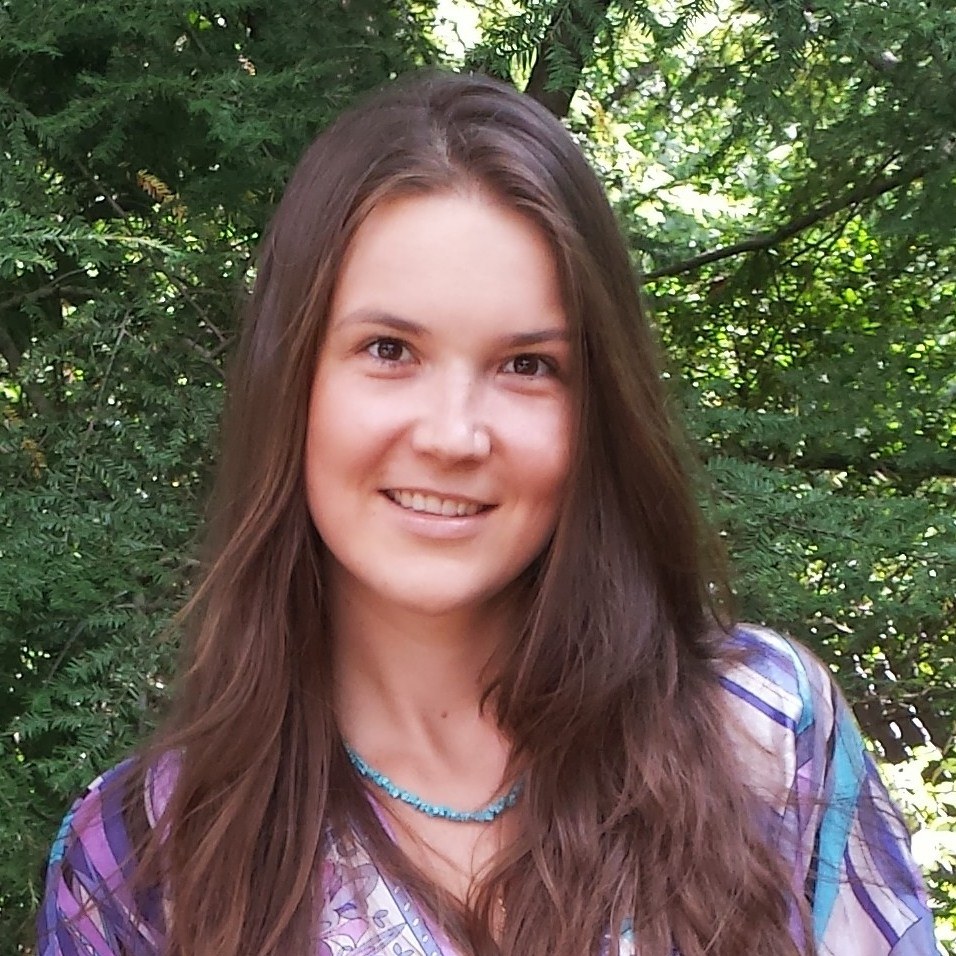
Global Fellow
Yuliya Tarasava
Yulilya was "made in USSR" which explains my accent that I embrace and my shyness that I hide. She grew up on a farm so nature is her sanctuary. At school she liked two things - reading and math which clearly defined her as a "nerd". Exploring new horizons, she moved to the USA which became my new habitat and is where I "grew up" as an individual ...
- The geographies in which they invest
- The legal structure and stage of growth of their investee companies
- Investment size and expectations for return on invested capital
Do your research
With the above criteria in mind, you can now start gathering names. Speak with mentors and peers and search online to start a list of potential investors and funds that you might want to reach out to. Having this clear picture of your ideal investor will be helpful in conversations. For example, you could ask your network specifically if they know of any “angel investors who fund seed rounds for solar distribution startups in Kenya.”
Close
Think like an investor
What an investor is thinking:
Stand out from the crowd
Investors meet a ton of people and often receive more pitches than they can reasonably remember on any given day. You need to leave a strong impression after the initial touch points and throughout the process.

Companies that don’t have a clearly articulated story don’t have a clear and well-thought-out strategy. The company story is the company strategy.
Ben Horowitz
Cofounder and general partner, Andreessen Horowitz
Tell the strategic story of your business
Before you jump into creating pitch decks, you first need to work out the fundamentals of your business story and connect it to the social impact you seek to create in the world.
Close
The complexity of your business is rarely as important as entrepreneurs believe VCs think.
Sam Haffar
Investor
Communicate a clear value proposition
Close
Think like an investor
What an investor is thinking:
Secret sauce
Vision
Mission
Product-market fit
Investors with money to allocate and the entrepreneurs seeking it both want the same thing: to power a business with high potential to change the world. For that reason, the qualities that help your company stand out from the crowd are the same fundamentals that will help you grow a solid business.
Pitch with confidence
With the strategic story of your business and unique value proposition firmly established, you’re ready to weave these concepts into an easy-to-consume format. To do so, Y Combinator suggests preparing three “investment materials”: the deck, memo, and pitch.
The slide deck is the visual reference you use to support your verbal pitch. Most pitch decks cover the same essential 10–15 slides (not including the appendix), which we cover in detail in the second half of this article on how to pitch your social venture. The key is to present the most important information while following a simple story arc.
Some investors may also appreciate an investment memo, which is a clearly written summary of the company and rationale for investing in it. Y Combinator suggests that you send an investment memo ahead of a meeting to provide context for your pitch deck and allow you to start the conversation past the point of basics.
Finally, you have the pitch itself. This is a presentation that might be made in a one-on-one setting with a potential investor or on stage in a competition, like these inspiring social entrepreneurs pitching their ventures.
These materials will form a foundation that you can draw from as funding discussions progress. As with most things in entrepreneurship, they are living documents that will actively evolve over time as the team makes new decisions and the company develops.
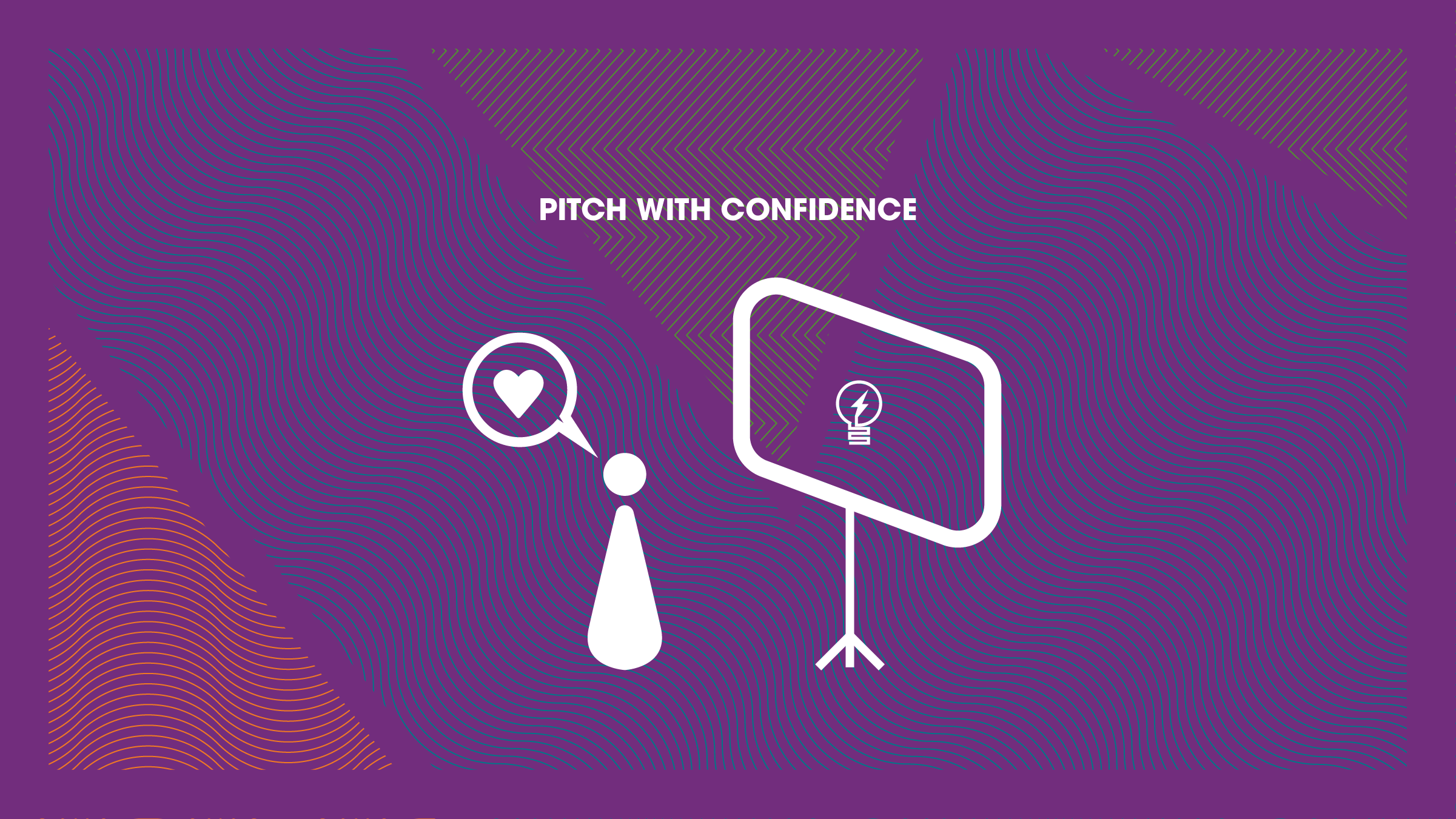
Tailor your pitch
Close
Prepare your presentation
- Your product offering(s) and why they are important for the world
- Your team and why the founders are well-equipped and committed to solving the problem at hand
- The benefit(s) to customers and why they will choose your company over others
- Market traction, backed by stories and data-driven evidence of customer engagement and growth
- Current revenue and impact metrics tracked over time, plus projections for the future
Practice, practice, practice
Think like an investor
What an investor is thinking:
There is no shortage of advice online and from mentors about perfecting your investment pitch. It can quickly escalate to the point that it becomes overwhelming. If you’re feeling this way, it might be a good time to pause and return to basics.
- How you started the company
- Where you are now
- Where you’re heading
- Why you need capital
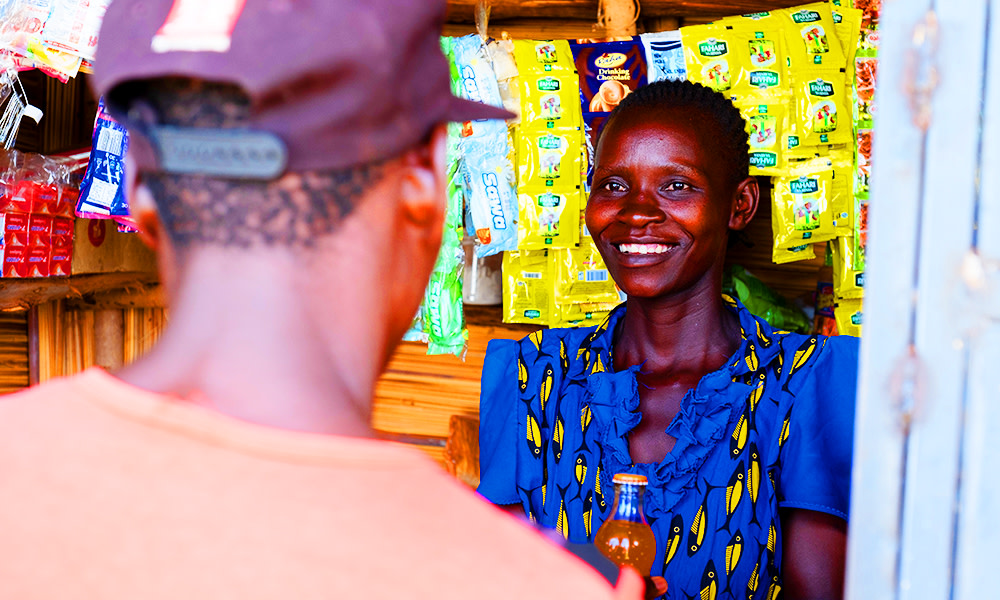
HOW CNOTE KEPT IMPOSTOR SYNDROME AT BAY TO RAISE $3 MILLION DOLLARS
If you only look at the headlines––often chock-full of success stories featuring male-led teams of Stanford dropouts coming out of Silicon Valley––CNote is an unlikely candidate for achieving similar startup fundraising success. It is co-founded by two women with one, Yuliya Tarasava, an immigrant to the United States who learned English when she arrived with an aspiration to study how financial markets work.
Yet CNote recently closed a $3 million round to scale a solution that redeploys capital to create jobs, fund BIPOC-owned small businesses, and support affordable housing development.
The root of inspiration, at least to some extent, was a trip that Yuliya took to Kenya as an Acumen Global Fellow in 2015. After witnessing the ability for small amounts of capital to transform lives, she was inspired to create CNote’s suite of tools that help institutions invest mission-aligned capital in underserved communities and help close the wealth gap across America.
The reality of raising funding to build a business from an idea, in Yuliya’s experience, is that it takes a lot of time, effort, and more conversations than you can count.
She admits that her feeling of inadequacy was not easy to overcome at first. She had to intentionally surround herself with other entrepreneurs––people more like her and less like those in the headlines––to keep impostor syndrome at bay. Having conversations with other female founders allowed her to keep perspective in check and come to recognize the uniqueness of every single startup funding journey.
Along CNote’s unique path to raising capital, Yuliya shares that one of the most challenging moments was when investors didn’t provide feedback to explain why they weren’t interested in investing. According to Yuliya, it’s not so hurtful to hear a “no” when it is coupled with constructive advice because it is an opportunity to learn and improve.
On the other hand, it can be quite hard to reconcile the absence of a reply—despite many follow-up emails—after an engaging conversation with an investor. Instead of letting this “ghosting” or radio silence derail her confidence, Yuliya and her team built support structures to keep their spirits high and focused.
“As we were growing CNote, we always had a very strong network of advisors. Those advisors might not necessarily be our investors, or they might be small investors, but they’re people that really believed in us and really supported us. And could lift us up when we were down.”
For example, one critique CNote received was that their market was not big enough to be investable. At first, this was frustrating for Yuliya to hear because she had such a deep belief in the potential for her product to reach hundreds of thousands of people and shift millions of dollars of capital in the United States. However, she soon came to the understanding that if an investor had this perspective, they were clearly not the right investor to support CNote.
Yuliya’s advice? Remind yourself that there are elements of your situation and business that you can control, and elements that you can’t control. Integrate the feedback that will help you refine your story or improve the delivery of your pitch, but don’t let what you can’t control dampen your momentum.
“Don’t be so hard on yourself if your journey is very different from other startups’ journeys. Create a network of founders around you that look like you, or whose journeys seem similar or more real.”
Let CNote’s story be a reminder that your journey will be your own. One of Yuliya’s favorite quotes and her mantra for building CNote is: “Be yourself. Others are taken.”
Know your key business metrics
A significant portion of your investor conversations will revolve around key business metrics. An investor will want to get to know your business intimately––both to make a decision about whether to fund it, and to more effectively guide the development and growth of the organization.
If you’ve ever watched the reality TV show Shark Tank, you’ll already know that investors will expect you to know your numbers inside and out. You should be able to speak with confidence about your breakeven point, profitability, sales, gross margin, growth rates, revenue targets, risks, and other metrics specific to your industry.
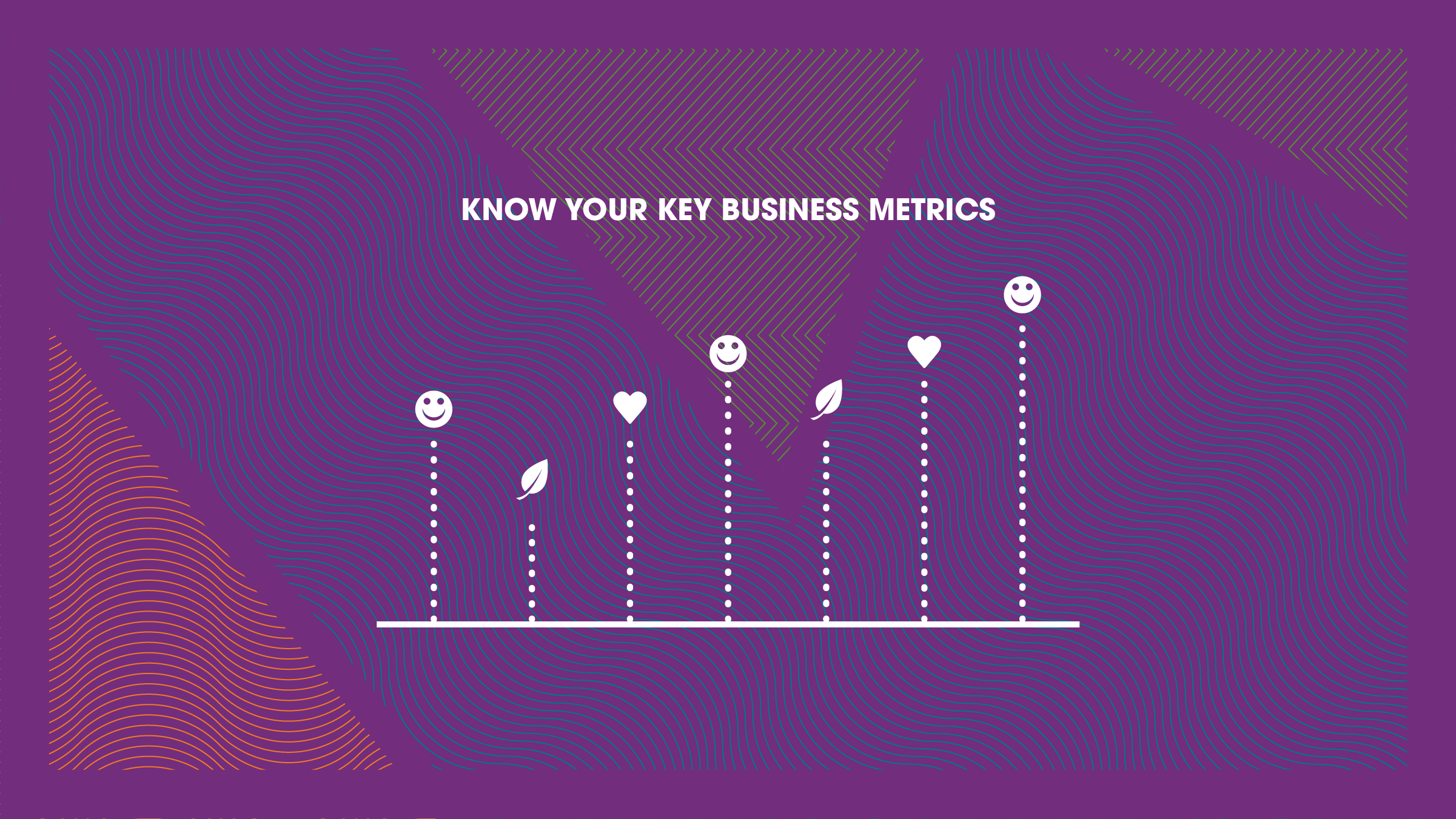
Showcasing financial results
Close
Showcasing impact results
Think like an investor
What an investor is thinking:
Financial story
This short script will distill your financial story into a few short sentences. However, just because it’s short doesn’t necessarily mean it’s easy, so reach out to mentors or peers for help if needed.
Remember, your financial story will not only help you raise money. Keeping tabs on the health of your key business metrics will also improve the strength and resilience of your company.
Embrace a growth mindset
Raising startup capital might not necessarily be what you dreamed about when you imagined your journey as a social entrepreneur. But it is an important skill that many founders need to learn.
Like many responsibilities in the life of a social entrepreneur, raising money is a skill that requires both humility and audacity. You need to hold in tension the fact that your social venture brings an opportunity for investors to deploy their capital in new and meaningful ways, while also recognizing your own gaps in experience and expertise.
Approaching fundraising with a growth mindset will allow you to expand your perspective and grow as a social impact leader. Not every pitch will go perfectly. In fact, you will probably learn the most from the moments when you are challenged.

Integrate feedback
Close
Turn “no” into “yes”
While every startup funding story will be different, one thing is sure to be the same––the certainty of hearing the word “no.”
- What level or type of traction are you looking for in the companies you invest in?
- What are you most concerned about when learning about my business?
Speak about the difficulties
Don’t be shy to share the difficulties your organization has faced, both before sealing the deal and after the partnership is formalized. Opening up about mistakes builds a more trusting and open relationship from the beginning.
Think like an investor
What an investor is thinking:
Remember that interested or committed investors have a stake in your success. They will typically be eager to offer support when you face challenges, whether in the form of financial support, advice, or connections to advisors and experts in their network.
Close the deal
If you have been following the steps in this guide to prepare, pitch, and learn, you should now be close to sealing the deal with your first (or newest) investor.
Think of this stage in the journey like persevering through dating: You’ve found “the one” and are ready for marriage. But there are a few more steps (and paperwork) remaining before you can make it official.

Understand the due diligence process
- If the investor is interested after the pitch, they will ask for your “data room.”––This is a collection of documents and information about your business, including your pitch deck, business model, market sizing and scoping, financial projections, client contracts, and so on.
- The next step is detailed commercial diligence, which may include Q&A sessions or site visits where investors can observe operations firsthand and meet the management team.
- The term sheet is a non-binding outline of the deal. This is the starting point for any finer negotiations.
- If you are working with a fund, there will be an investment committee that meets to approve the investment according to the agreed upon terms and conditions. If you are working with a single investor, they will make their final “go or no go” decision.
- An outside legal team will then conduct legal due diligence and prepare the final legal documentation.
- Once everything is signed, the “financial close” is the final step when the money is transferred to the investee.
Questions to expect during due diligence
- Who is the team? What is their capacity to execute?
- How potentially scalable is the business model?
- What are the key risks? How does the team understand their risks?
- What traction does the company have to date?
- How did the launch go? What proof points back up this traction?
- What are the key partnerships?
- What other actors are part of this investment round? (co-investors or seed stage investors)
- Aside from the management team, what other resources/connections does this team have to support them through an entrepreneurial journey?
- What does the supply chain look like? Who are they sourcing from? Who are they selling to?
- What has the team done to understand their customer to date?
- If they have done a great job understanding their customer, what steps have they taken to make it as easy as possible to get the product or service to the end user or customer?
Close
Think like an investor
What an investor is thinking:
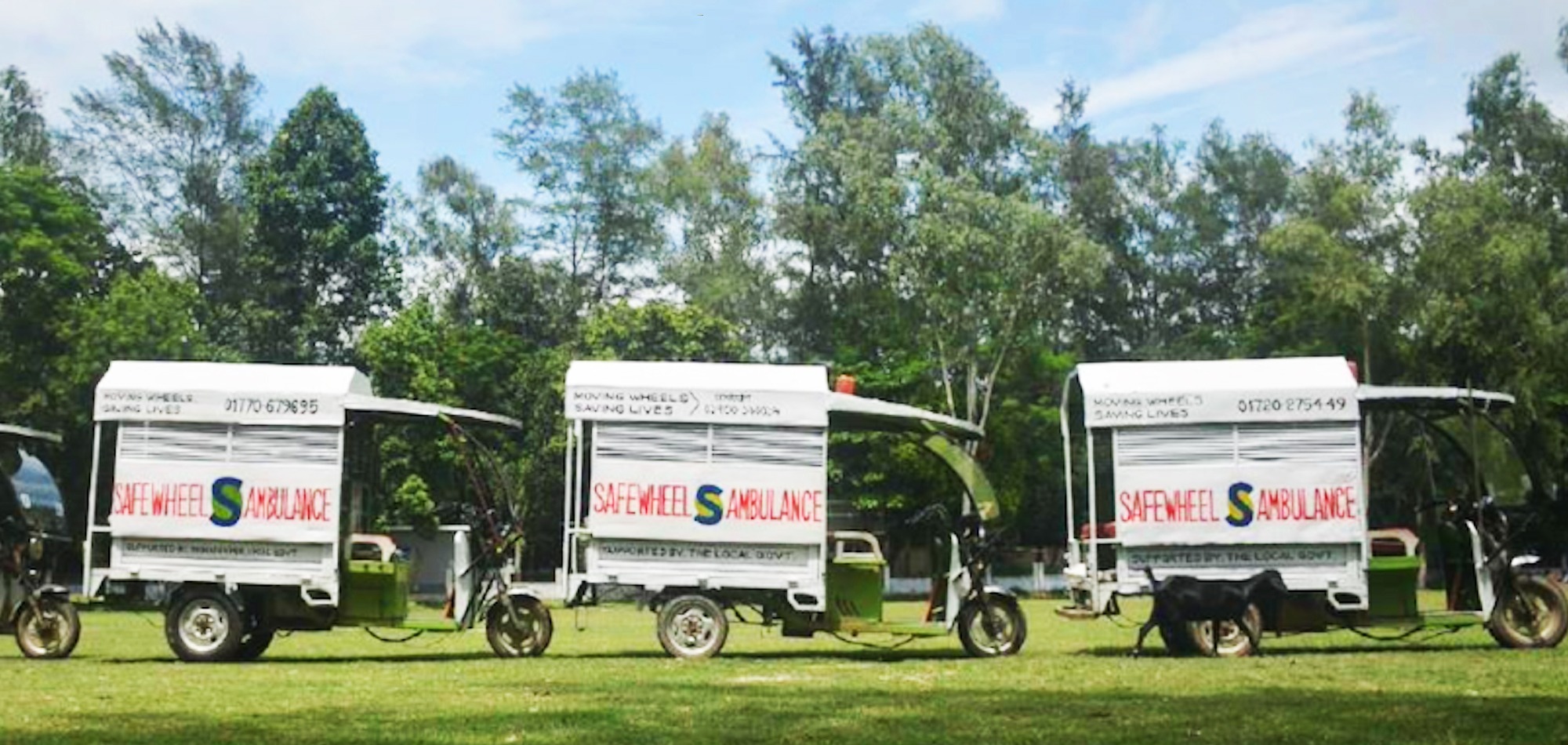
How Safewheel builds strong investor relationships
Longtime friends Rafiq Islam, Faysal Islam and Anas Hoassain Makki started Safewheel, an emergency medical care social enterprise that serves rural Bangladesh, after an eyeopening trip in 2016.
The concept for Safewheel was born on a trip to a rural area where Rafiq and Faysal witnessed the lack of access to critical healthcare services. To help address this challenge, Safewheel seeks to provide medical services that are accessible, available, and affordable to all Bangladeshi people.
To begin serving the 65% of the population that lives in rural areas without access to quality healthcare, Safewheel self-funded its early development along with support from friends and family. After that, the team was able to secure funding from an angel investor, and later took part in the Rockefeller Foundation-Acumen Student Social Innovation Challenge.
When it came time to reach out to potential investors, Rafiq and Faysal focused on bringing partners on board who not only shared their passion for the cause, but who also had some experience within the healthcare industry and understood the challenges of entrepreneurship.
“We are running a truly impactful business. That is why impact is equally important as cash, so we started looking for investors that also cared for the same cause.”
Rafiq and Faysal tapped into their network by researching funding opportunities online––looking for institutions or investors who might be a good fit––even going so far as to browse the LinkedIn profiles to get a better sense of investor’s backgrounds. By zeroing in on people who had already invested in Safewheel’s geography and cause, the founders were able to focus their energy on investors who had the greatest likelihood of wanting to support the social enterprise.
From there, the founders sought introductions through mutual contacts in their networks to secure first meetings with hopefuls. Every conversation was treated with the same respect. Rafiq and Faysal recognized that, while they might not speak to “the” investor right away, any conversation could lead to the ideal partner by way of referral.
“If we talk with 20 potential investors, and everyone rejects us, at least there will be one investor... that has an investor friend who helps guys like us.”
The Safewheel team also leaned into their natural relationship-building skills to form long-lasting supportive partnerships. They started by finding shared interests to initially build rapport and, over time, succeeded in building meaningful connections with their funders.
Safewheel uses another smart strategy to maintain close relationships with funders and partners: WhatsApp. The team creates a WhatsApp group chat for both the core team and potential partners and names it “Safewheel and {mentor’s name}.” This simple practice helps with name recognition and gives everyone access to an at-hand history of the conversation as it unfolds between meetings.
Similar to their tight-knit approach to supporting employees in and outside of the job, Rafiq and Faysal speak about their mentors, advisors, and investors as family. They point out that this comes naturally because they authentically want to share the ups and downs of Safewheel’s progress with close, trusted collaborators.
“When you have good news, you usually call your friends and family. When we have good news, we call our mentors.”
At the end of the day, this type of relationship is only possible when you align with investors who can get behind your long-term vision. It’s well worth getting to know the person behind the cash to make sure it’s a good fit!
Play the long game
After a successful due diligence process, the investment is finally official. But remember, any relationship requires considerate communication and an awareness of evolving needs to ensure both partners remain happy.

Nurture relationships with existing funders
Keep the flame alive after securing funding
Think like an investor
What an investor is thinking:
Conclusion
The process of raising capital can be daunting. While there are many challenges and unknowns involved in the fundraising process, the advice in this guide will help you navigate every step with confidence.
If you only take away one piece of advice, it is to step into the shoes of the investor and consider what would make most sense from his or her perspective. When you think like an impact investor, it’s easier to deliver what prospective funders are looking for and build mutually rewarding funding relationships.
Next steps
Discover more
Sign up to our newsletter
I have read and accept the Terms & Privacy


